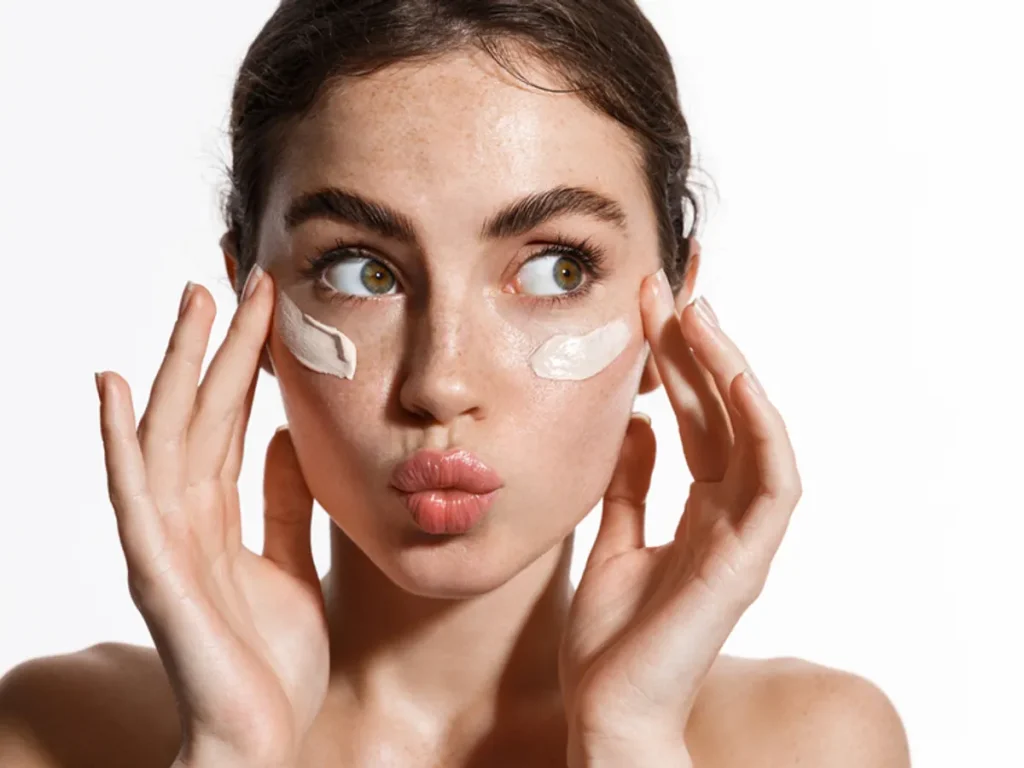
Introduction:
The beauty industry is replete with innovative products, but few garner as much intrigue as snail-based skincare. A topic of fervent debate: snail cream versus snail mucin serum for facial care. Both products feature snail mucin, rich in glycoproteins and hyaluronic acid, which ostensibly aid in skin hydration and collagen production. While snail cream offers a rich texture ideal for intense moisturization, snail mucin serum presents a lightweight, fast-absorbing option. Consumers often wonder which formula to incorporate into their daily regimen. The answer largely depends on individual skin needs, climate, and the specific skin issues one aims to address. Thus, understanding the nuances can profoundly influence your beauty journey.
Here, we will discuss Unlocking the Secrets of Snail Cream vs. Snail Mucin Serum for Your Face.
The Rise of Snail Cream in Modern Skincare

If you’re dialed into the beauty world, you’ve likely heard the buzz about snail cream. Originating from South Korea, this skincare product has taken the global market by storm. The key ingredient is snail mucin, a substance rich in proteins, hyaluronic acid, and enzymes. This cream offers intense moisturization, making it a go-to for people with dry or aging skin. However, it’s not a one-trick pony. Many users report noticeable improvements in skin texture and reduction of fine lines. So if you’re contemplating a product to rejuvenate your skin, it stands as a worthy contender.
Unlocking the Benefits of Snail Mucin Serum
While snail cream offers a robust, creamy texture ideal for overnight renewal, snail mucin serum is its lighter counterpart. This product is typically water-based, making it perfect for daytime use under makeup. Due to its lightweight composition, it rapidly penetrates the skin to deliver hydration and initiate cell regeneration. If you’re concerned about a greasy finish or have oily skin, a snail serum can be your ally. This formulation combines the regenerative benefits of snail mucin without the heaviness of a cream, offering a balanced approach to skincare.
Why Snail Mucin for Face is a Game Changer
If you’re skeptical about using snail mucin for face care, it’s time to reconsider. The composition of snail mucin includes glycolic acid, which aids in exfoliating dead skin cells, as well as zinc, which possesses anti-inflammatory properties. These elements make snail mucin an all-around solution for a range of skin issues, from acne scars to wrinkles. Plus, unlike some harsh skincare ingredients, snail mucin tends to be gentle, making it suitable for those with sensitive skin. So if you’re looking for an ingredient that addresses multiple skin concerns, snail mucin is worth exploring.
Comparing Efficacy: Snail Cream vs. Traditional Moisturizers
It’s natural to wonder how snail cream stacks up against traditional moisturizers. Most conventional creams rely on synthetic ingredients or plant-based oils for hydration. While effective, these ingredients lack the enzymes and proteins that naturally occur in snail mucin. The result? Snail cream often provides more comprehensive skincare benefits, ranging from improved elasticity to a reduction in hyperpigmentation. Therefore, if you’re looking to elevate your skincare routine, incorporating snail cream can be a transformative step.
How to Integrate Snail Mucin Serum into Your Skincare Routine
Adding snail serum to your skincare regimen doesn’t have to be a complicated affair. Generally, it should be applied post-cleansing and toning but before heavier moisturizers or oils. The aim is to let the serum absorb fully, allowing its potent ingredients to penetrate the skin effectively. For best results, apply a few drops and pat gently into your face and neck. If you’re new to snail mucin, it’s advisable to perform a patch test first to ensure it suits your skin type.
Snail Cream and Sensitive Skin: What You Need to Know
When it comes to sensitive skin, picking the right skincare product can be a minefield. This snail cream, due to its natural composition, often proves to be a safe bet. The proteins and enzymes in snail mucin not only nourish the skin but also promote healing. This makes it an excellent option for individuals who experience redness or irritation. However, like any other skincare product, it’s essential to check for additional ingredients that may trigger sensitivities. Always conduct a patch test before fully integrating this cream into your routine.
Is Snail Mucin for Face Suitable for All Skin Types?
One of the major advantages of using snail mucin for face care is its versatility. Whether you have oily, dry, or combination skin, snail mucin products can be adjusted to meet your specific needs. For instance, oily skin types may benefit more from a snail serum, while dry or mature skin might find snail cream more nourishing. Even if you’re dealing with specific skin issues like acne or rosacea, snail mucin can be a beneficial addition due to its anti-inflammatory and regenerative properties. However, as always, consult a dermatologist for personalized advice.
Conclusion:
Navigating the labyrinth of skincare products can be a daunting task, especially with the surge of exotic ingredients like snail mucin. Yet, the evidence supporting the benefits of snail cream and snail mucin serum is compelling. From intense hydration to cellular regeneration, these products offer a multi-faceted approach to skincare that caters to various needs and skin types. Whether you’re grappling with the early signs of aging or combating persistent dryness, there’s likely a snail mucin product tailored for you. While the idea of putting snail-derived substances on your face might initially seem outlandish, the outcomes might just make you a believer.